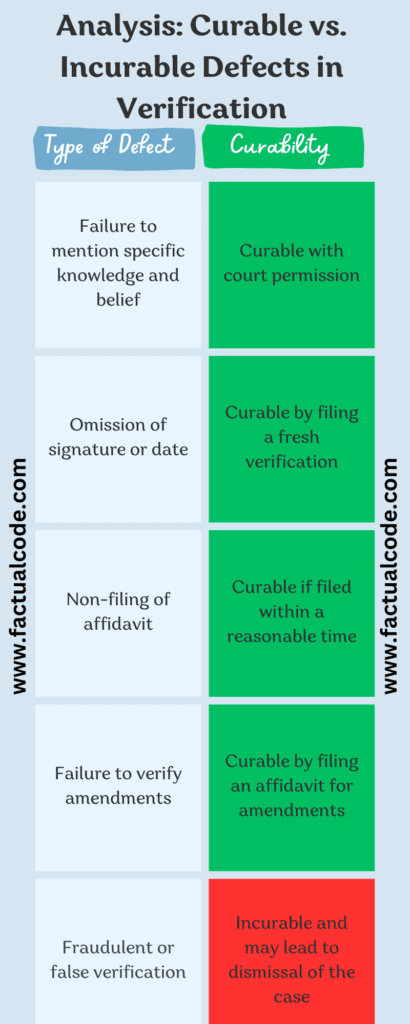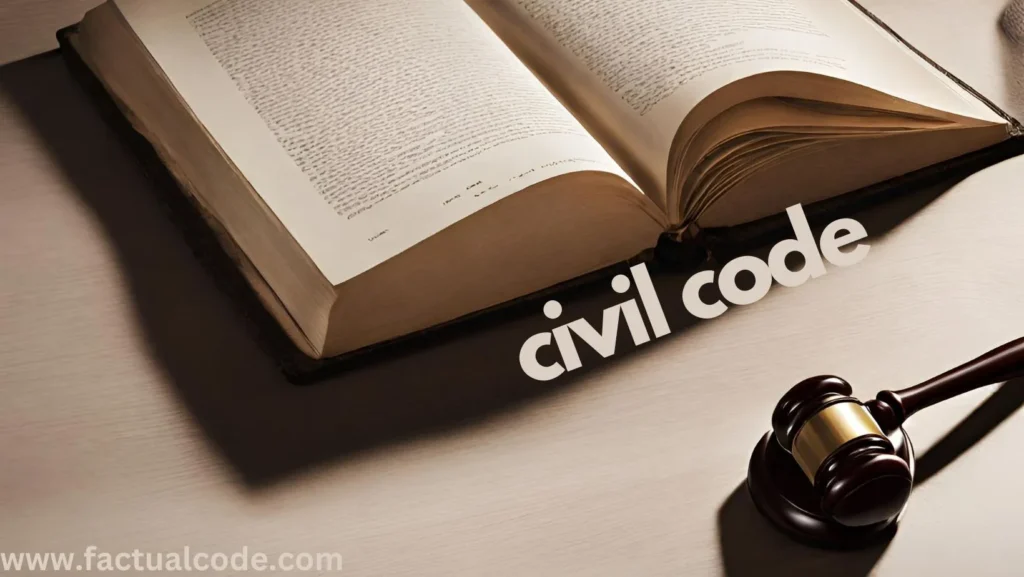Verification of pleadings is a critical procedural requirement under the Code of Civil Procedure (CPC). It serves as a safeguard to ensure that the statements made in the pleadings are truthful and responsible. Order VI, Rule 15 of the CPC mandates that every pleading filed in a court must be verified by the party or their authorized agent, attesting to the truth of the facts contained therein. Failure to comply with this requirement can result in the rejection of the pleading unless the defect is curable.
Key Provisions of Order VI Rule 15 and Rule 15A
Order VI Rule 15 requires that every pleading, whether it’s a plaint, written statement, or other document, must be verified by the party who has filed it. The verification must include an assertion that the facts in the pleading are true to the knowledge of the party and believed to be true.
Rule 15A was introduced to address situations where there is a defective verification or absence of verification. Rule 15A specifies that if a pleading is not verified or is defectively verified, the court may allow time to correct the defect. However, if the defect is not corrected within the time allowed, the pleading can be rejected.
Importance of Verification
The verification of pleadings serves as a guarantee of accountability. It ensures that the party filing the pleading acknowledges responsibility for the facts presented and confirms that they are not submitting false or misleading claims. This verification helps courts manage frivolous lawsuits and ensures that the integrity of the judicial process is maintained.

Relevant Case Laws on Verification of Pleadings
Deccan Edibles Private Limited v. S.P.J. Cargo Private Limited (2013) 9 SCC 628
In this case, the Supreme Court discussed the importance of proper verification under Order VI Rule 15. It emphasized that minor defects in verification could be cured, but defective verification would not necessarily invalidate the entire pleading if the substance of the case was in order. The Court allowed for amendment of the verification, provided the defect was technical and did not affect the case’s merit.
Key Takeaway:
Minor defects in verification, such as typographical errors or failure to use the correct format, can be cured through amendment without rejecting the pleading.F.A. Sapa v. Singora and Others
(1991) 3 SCC 375This case dealt with the issue of defective verification. The Court held that the non-compliance with verification requirements could lead to the rejection of the pleading. However, it also reaffirmed that technical defects (such as missing signatures) could be corrected through amendment.
Key Takeaway:
If the verification is defective but can be amended without affecting the substantive rights of the parties, the court may allow the amendment rather than rejecting the pleading outright.
Consequences of Improper Verification
Dismissal of Pleadings:
The non-verification or defective verification of a pleading can result in the rejection of the pleading, especially when the defect is substantial and affects the substance of the pleading. For example, failure to verify a pleading altogether is generally not curable, and the court may reject the document.Curable Defects:
Courts have the discretion to allow amendment or correction of minor defects in the verification. If the court finds that the pleading’s defect does not affect its substance, it may allow time for the defect to be rectified, preventing a dismissal of the case on technical grounds.Rejection for Non-Compliance:
Where the defect is non-curable, the pleading may be rejected outright. Courts take this step when the defect goes to the root of the matter, such as lack of verification by the party or failure to comply with the mandatory verification format under Rule 15.
Conclusion
The verification of pleadings under Order VI Rule 15 CPC is essential for maintaining the integrity of the judicial system. While courts are strict in ensuring compliance, they also recognize the need for flexibility in certain circumstances. Minor and technical defects in the verification process are generally curable, allowing the party to correct the defect and proceed with their case.
However, where the defect is more fundamental, such as the complete absence of verification or substantive non-compliance, the court may reject the pleading. Therefore, understanding the distinction between curable and non-curable defects is crucial for ensuring the proper submission of pleadings in civil litigation.

